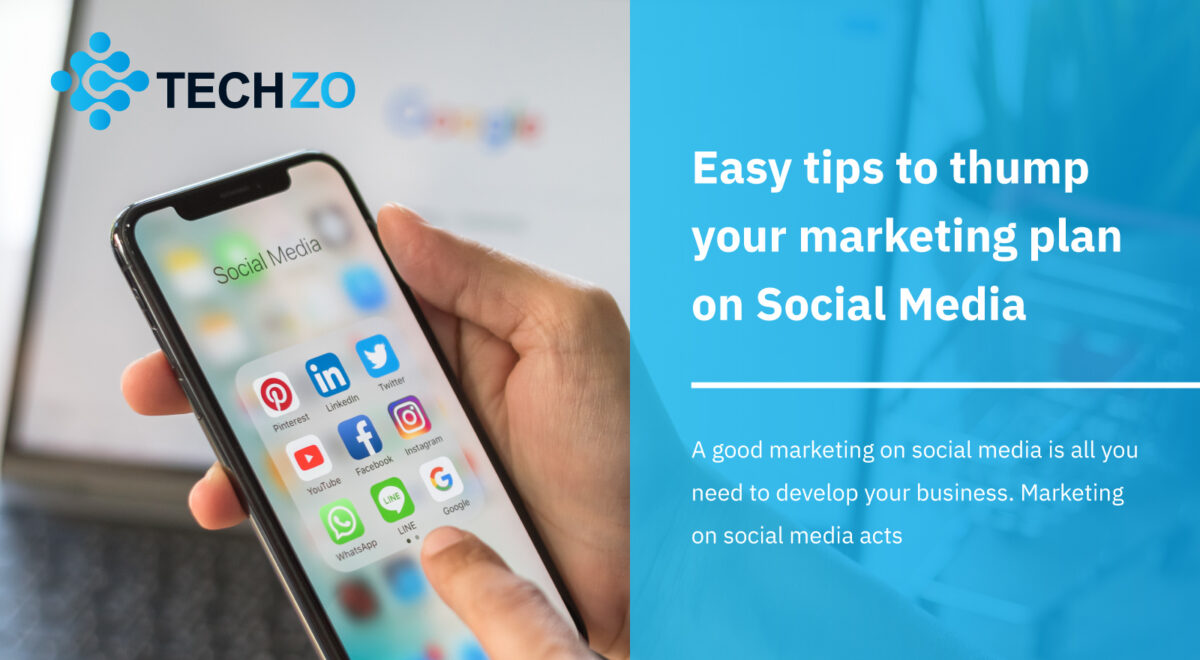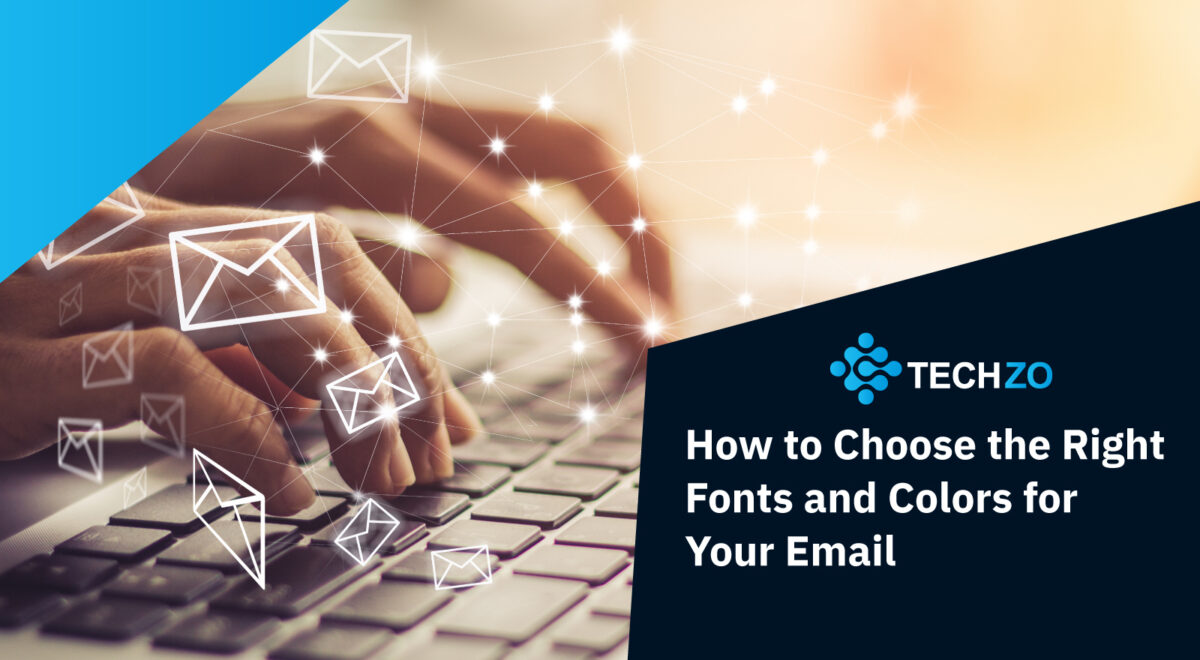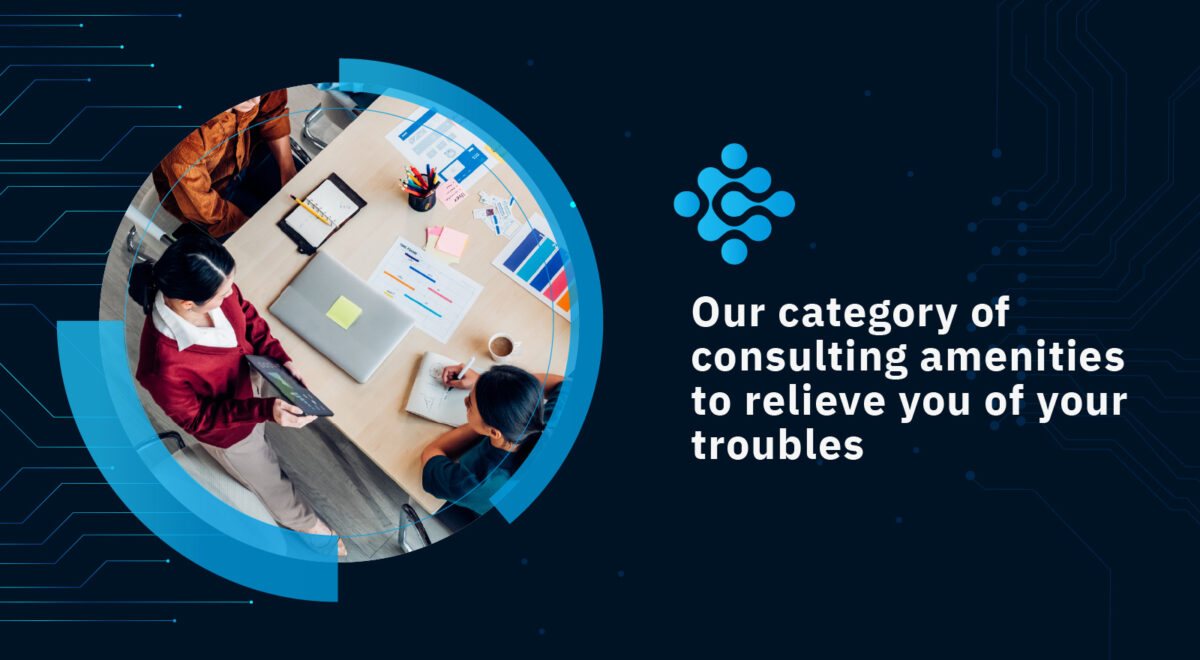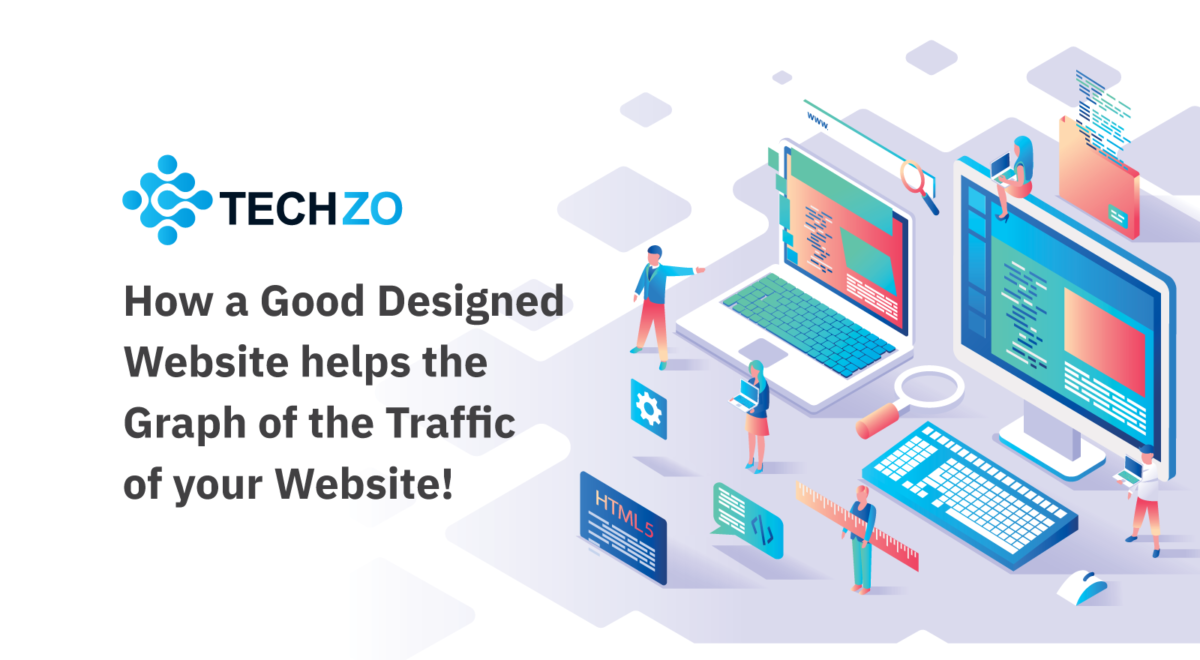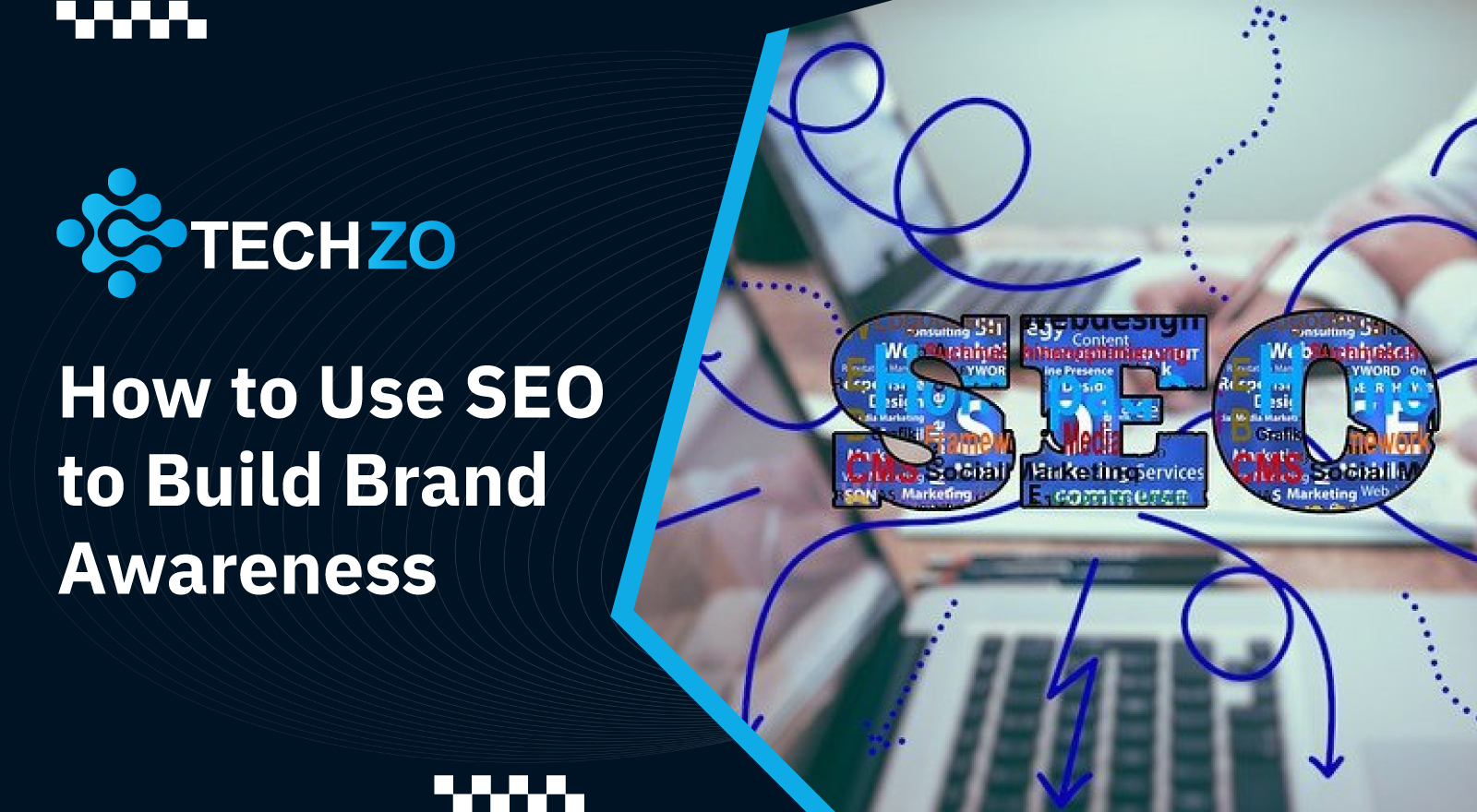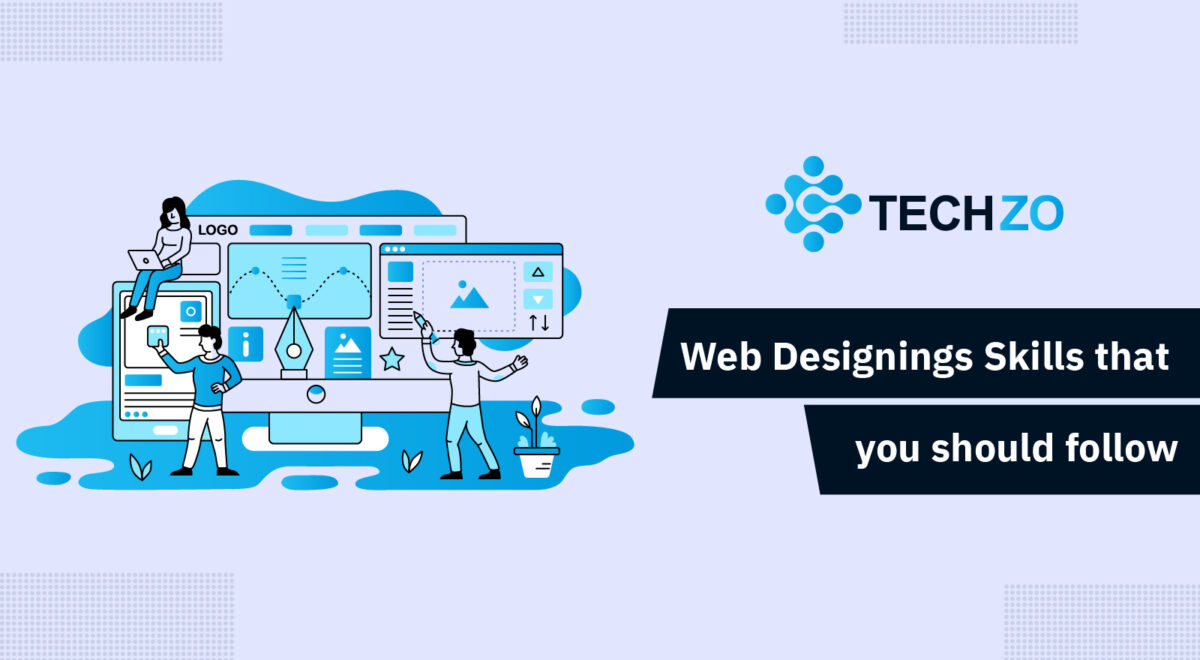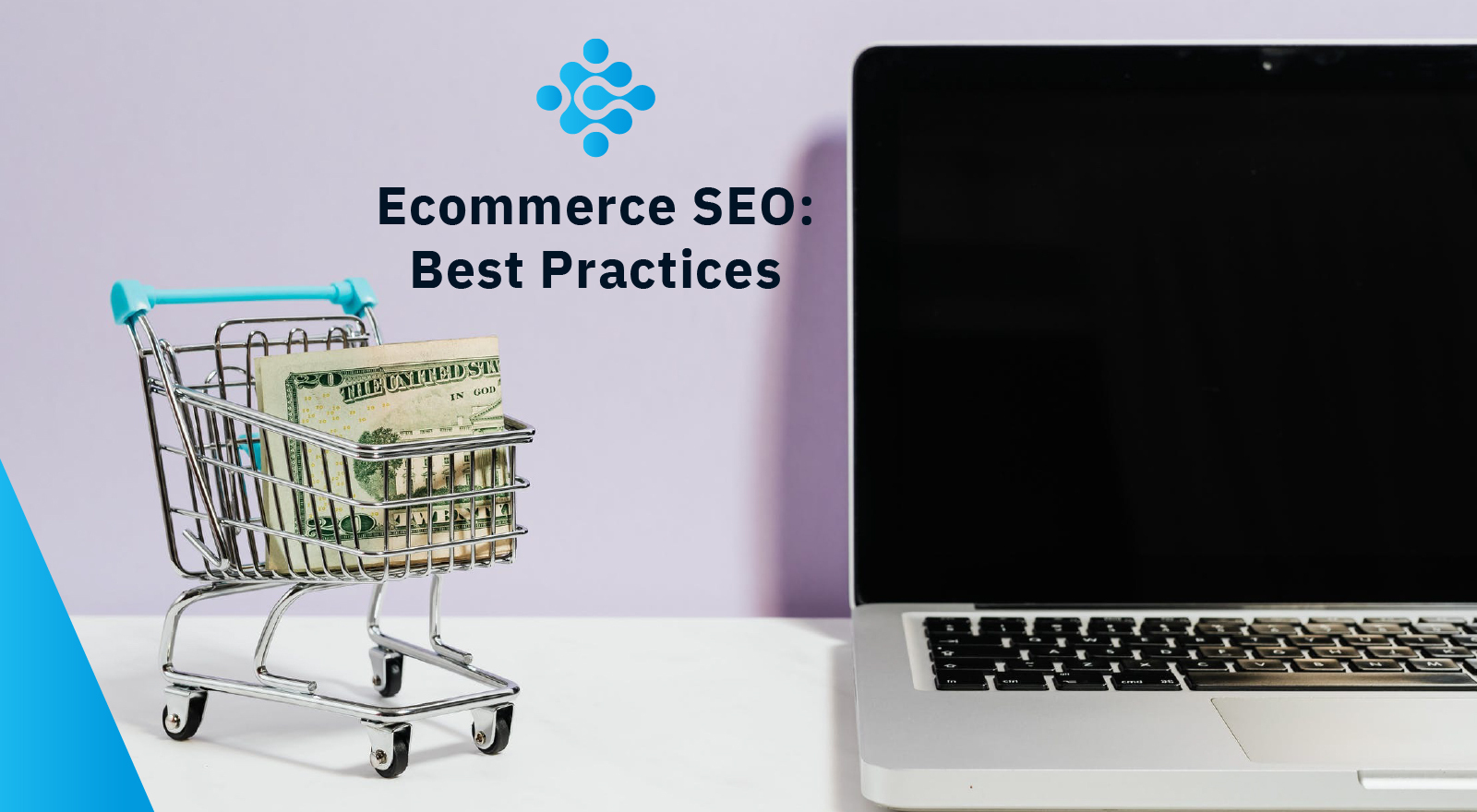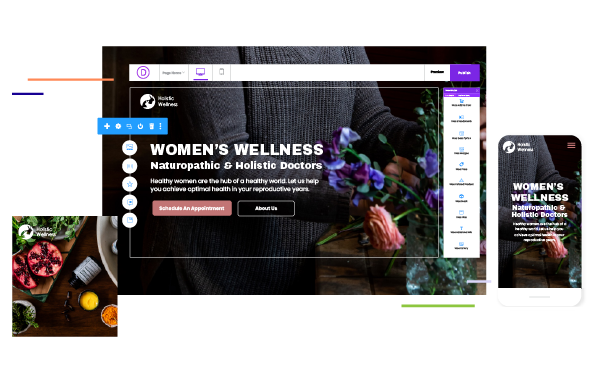We do have plenty of experience of designing logos and we understand what makes things better for a designer. Here’s all that can ruin your framework to help you avoid these novice mistakes, plus our greatest hints and tips to get you around the process.
Confusing Your Terminology
If you’re a brand or a designer, you want everybody on the same page and share the same values if you want every big project to go seamlessly. So, using the right terminology is essential. The word “logo” is becoming a catch-all term for any positive brand image, but clear meanings for a logo mark, word mark, or combination mark exists in logo design.
Not Doing Enough Research
This is the first mistake in any project involving logo design. Logo design is basically a challenge to communication. How do you capture the imagination of a brand and express it through iconography? You must have a clear understanding of exactly what it is you are trying to convey to do it well. The more you have the experience, the more that you can do.
Junior designers will sometimes dive into the discussion stage without sufficient brand preparation. It also results in a poor logo not really portraying or reflecting the company. Conduct a brand assessment survey to ensure you have as much information as possible that clearly outlines your brand priorities and objectives.
Using the Same Typography for Your Word mark and Brand Content
When your brand keeps things simple and only designs a word mark, then the inclination is to keep things easy and clean. That makes perfect sense, but you don’t want to use your word mark with an unused typeface. Why? For what? Since your typeface should be special, distinct and a reflection of the visual language of your brand.You may definitely use a typography as the basic template (and the typeface you chose for your brand should be a nice addition to your wordmark), but it should be personalized in some way.
Making an Inflexible Logo
There are several ways your logo can be seen, in many newspapers. It should fit well in various sizes, in print, online and. If your logo is too complex, smaller sizes won’t make it well. Unless it is too familiar, it won’t be enough unique to attract attention. A good logo is future-proof, which means it can evolve with your brand and work with as many use cases as you like.
Including Inappropriate Imagery
The devil is in the details, particularly when design is at stake. Many companies do this well, use items like white space icons to reinforce their message about the brand. A perfect example is the slight arrow in the FedEx logo (you can see this in the white space between the E and X):
That can backfire though. Although such issues are typically unintended, keep an eye out for issues such as overtly phallic types, inappropriate or inoffensive white space symbols etc.
Note: It can be hard to see any question when you’re so interested in a project. That’s why we still suggest someone with fresh eyes taking a psych test.
Falling Victim to Hivemind
You want a unique and distinctive logo for yourself. Still, design patterns or even industry guidelines can easily get sidetracked. This has become particularly true in recent years, as whole industries have begun homogenizing.
For instance, the Oh No Type Co style designer James Edmonson points out the similarities in these famous brand logos:
Remember you are working to remedy the issue of contact. Your designers should be able to explain why your brand goals are assisted by any aspect and aesthetic choice.
Not Following an Intuitive Process
You could end up with 3 or 300 ideas if you tell your team to start coming up with ideas only a few ideas. If you tell your team to pick one (with no rules, rubrics or reasoning), narrowing it down will be difficult. The Outcome? You go through interminable loops of fruitless repetition.
To save the sanity of everybody, from systems engineer to designer, a simple , intuitive process is crucial that helps you develop a powerful logo that works for you. Not sure where to get started? To build a logo with less stress follows our step-by-step guide.
Remember: Your logo is much more than your brand style
Although the most identifiable aspect of your visual identity that is your logo, there are several other ways to convey who you are and what you are about. Make sure you have a completely fleshed integrated visual identity, from your brand colors to fonts.

